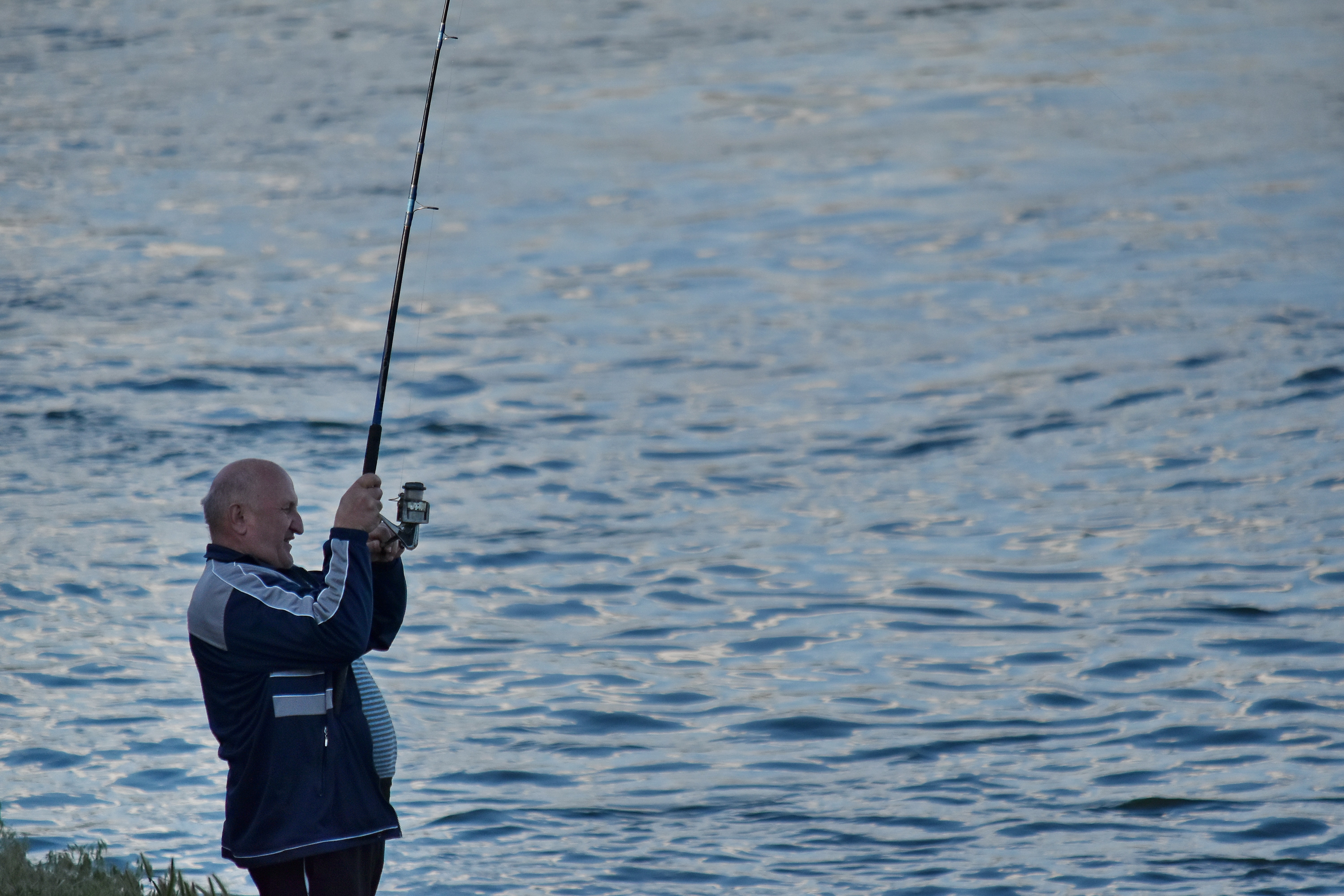How To Pick The Right Fly Line
 The first knot is used to tie the 2 ends collectively, and the second knot is used to affix them together once more. Sinking lines are available in full sinking traces and sink tip lines, and are specified for different sink charges, from half an inch per second to 7 inches per second.
The first knot is used to tie the 2 ends collectively, and the second knot is used to affix them together once more. Sinking lines are available in full sinking traces and sink tip lines, and are specified for different sink charges, from half an inch per second to 7 inches per second.
With full sinking lines, the total size of the fly line sinks at the identical fee. By matching the rod and line this manner, casting will likely be a lot easier and pleasing. Getting these down will make your life easier and your learning curve too much smoother. Equipped with a primary data of the various kinds of fly lines you are now able to make stable, assured decisions about what fly line you have to for different purposes.
Floating traces are arguably the most versatile kind of fly line and are helpful for a variety of applications in fly fishing. Whether in rivers and lakes, or the Saltwater and surf, floating fly fishing lines are probably the most dynamic and broadly utilized of the fly line varieties. So which line is the most effective?
Understanding fly tapers and taper design is vital to selecting the right line for a specific application. About 6lbs of strength is an efficient start line for all-round fly fishing, and try to supply a tapered leader for best outcomes. By merely including a sinking chief to your floating line, you possibly can fish flies at greater depths. If I’m concentrating on the top six inches the water column in walking-pace present or slower, I’ll usually follow a floating line.
Choosing the burden of your fly line needs to be primarily pushed by what you will be pursuing with bigger weights being applicable for larger quarry. At one time, fly lines have been simple, stage traces, with the complete length of fly line having the identical diameter. There are two main forms of tapered traces, weight ahead and double taper.
This is not meant to behold that MONSTER Trout when he takes all of your line and your backing, but instead, it is there that can assist you start the process of loading your spool with the backing. It still would possibly take some experimentation in your half to search out the ‘perfect’ line in your needs but I guarantee the best line for you is out there.
Understand that a fly line is just a supply system - we're casting the burden of our fly line to propel a close to weightless fly to a targeted location. Consider a fly line in the 10-12 weight class for musky and enormous pike. In addition they create presentation issues, laborious splash down and enormous shockwave impact.
Use at the very least a 7-weight fly line for steelhead and large bass. Another benefit of a weight forward line is that having most of the burden on the front of the road helps present the power needed to forged greater flies (bass bugs) and to cut by means of the wind. The usual head length and modest entrance taper will enable any angler to present a fly with ease at distance with nice presentation.
So why would you select to use a floating fly if you'll want to fish near the bottom to pick up fish? The water warms up slowly and fish can nonetheless hold deep, close to the bottom. The fish taking your fly can be dragged out of the water by this. The shape, measurement and placement of these eyes or beads alter the sink rate, as does the burden of the hook and the way full or sparse the fly is tied.
Generally speaking, the burden of your fly line should be consistently paired with a rod and reel in the identical weight. While designed for fishing dry flies, a floating line will also be used to fish streamers and nymphs! While more difficult to solid than a floating line, utilizing a sinking line opens the world of fly fishing up to lakes and other still-water fisheries!
Continue reading under to be taught extra about fly traces and what you should choose! Whether you’re just getting started with fly fishing or you’re an skilled fly angler, choosing the proper fly line for the best utility is critical to have extra chances at catching your quarry. More experienced anglers have a better time with this because they have developed their skills through the years.
As talked about above, most anglers will start out with a 9’5wt rod with a quicker action. Today, most fly anglers want to use tapered fly traces. These fly traces are simpler to cast than a full sink line and are more practical in transferring water. I like to go away a bit bit further on the end as I feel should you clip it too tightly, you should have more breaks than for those who give it some wiggle room.